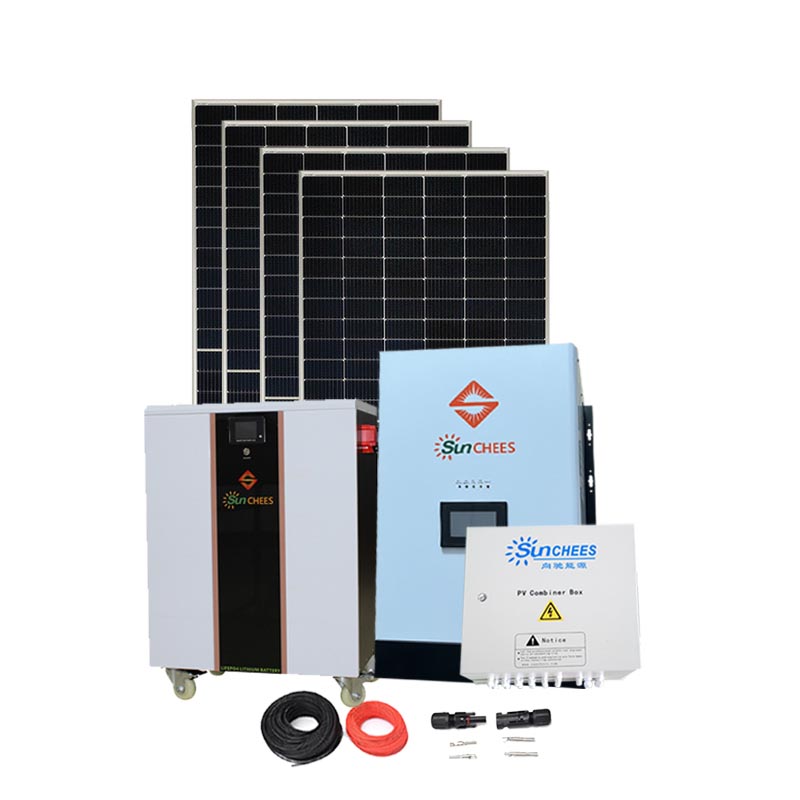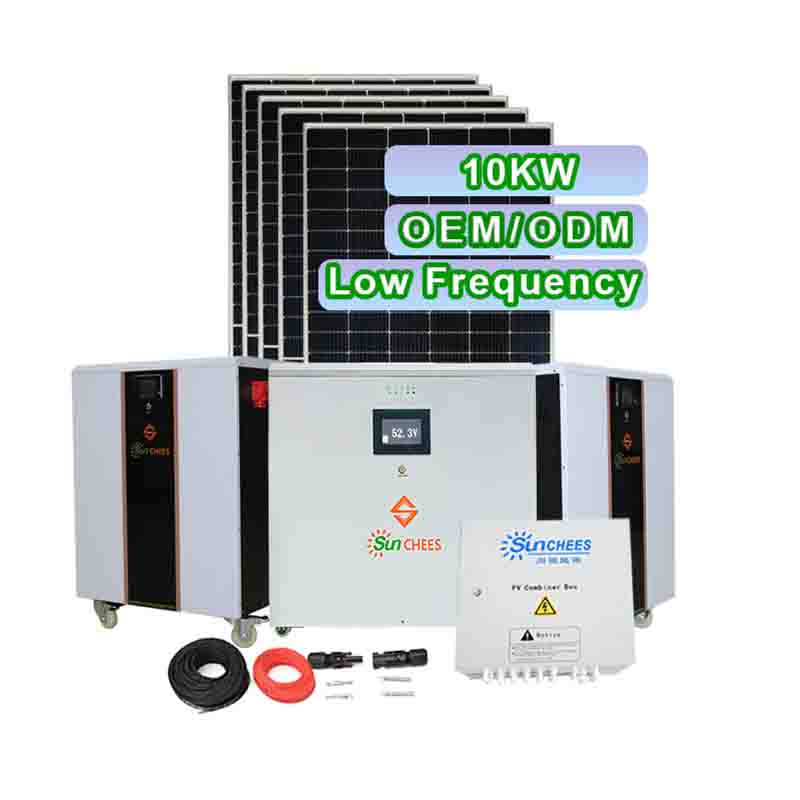The installation solar energy process, precautions, and long-term benefits
1、 why choose solar panel system for home use
2、Core components of solar energy system
3、Maintenance and cost recovery
1、 Why Choose Solar Panel System For Home Use
Although the initial investment of solar energy systems is high, their service life can reach more than 25 years. Through the model of "self use and surplus electricity connected to the internet", households can significantly reduce their electricity bills, and in some areas, they can also enjoy government subsidies or tax incentives.
- Energy Independence
Combined with energy storage batteries, solar energy systems can provide emergency power in the event of a power outage, reducing reliance on traditional power grids. - Preparation work before installation
- Assess family needs
- Electricity consumption analysis
View the electricity bills of the past year and calculate the daily average electricity consumption of the household (usually a 4-6kW solar system can meet the needs of ordinary households). - -Roof conditions
Ensure that the roof has sufficient load-bearing capacity (solar panels weigh approximately 15-20kg/㎡), with a sloping roof facing south (Northern Hemisphere) or north (Southern Hemisphere) being optimal, and no trees or buildings obstructing it.
2、Core components of solar energy system
- Solar Panels
The mainstream choice is monocrystalline silicon (efficiency 18-22%), and the power (such as 600W/wafer) should be selected based on the roof area and budget. - Inverter
Convert direct current to alternating current and split it into alternating current - Bracket system
The metal structure of the fixed photovoltaic panel needs to adapt to the roof material (tiles, color steel or flat roof) and resist wind and corrosion. - Energy storage battery
Lithium ion batteries have a long lifespan but are expensive, while lead-acid batteries have a low cost but require regular maintenance
3、Maintenance and cost recovery
- Daily maintenance
-Clean the photovoltaic panels every six months (dust can reduce power generation efficiency by 10%).
-Check the operation status of the inverter and replace faulty components in a timely manner. - Economic benefit analysis
Taking the installation of a 10kW solar system as an example (cost approximately $8000):
-The annual solar power generation is about 12000KWh, and if the self use ratio is 70%, the annual electricity cost savings are about $1500.
-Combined with government subsidies, the investment payback period is approximately 3-5 years
Home solar systems are not only a crucial step towards sustainable living, but also a long-term value-added investment. With technological advancements and cost reductions, solar energy is shifting from an "environmentally friendly choice" to an "economically optimal choice". Through scientific planning and professional installation, you can easily embrace the future of green energy.

